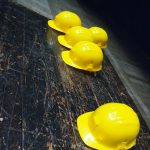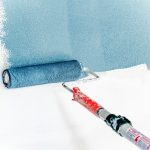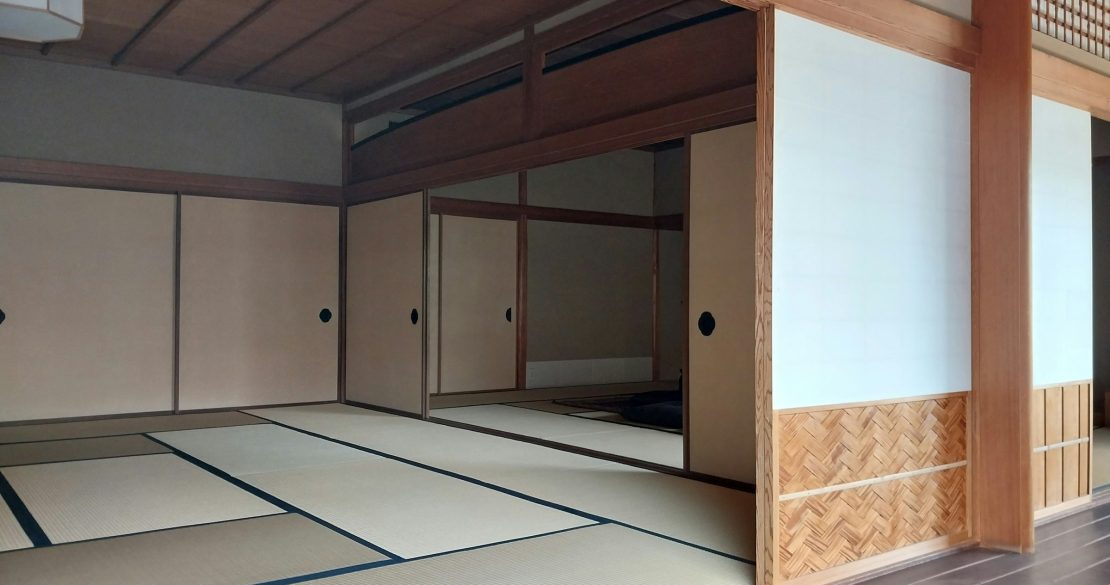To help wake you up in the morning, or avoid the inevitable afternoon lag, people instead turn to caffeine – a habit that is unhealthy and ends up making you feel tired anyway when its effects wear off. So you drink more. Whether your caffeinated beverage of choice is soda, tea, or coffee, drinking gallons a day won’t do much to stimulate your brain to focus.
The alternative is frowned upon as well. Putting your head down and resting after getting finished with classwork was an acceptable way to spend the last few minutes of most classes in school, but falling asleep while the teacher was talking, or when you should be working were a big no-no. Similarly, putting your head down at your desk after lunch or after finishing a project at work is frowned upon. You’re seen as lazy, unproductive, and to some extent rude. Even going out to lean back in your private vehicle during a break during working hours is considered bad, despite your leaving to do so in private. To sum it up, sleeping on the job is a big no-no in the office.
But that may all be changing. Employers have begun to recognize their employees’ need for better rest, especially in those industries and positions that include long work hours. Working 8 a.m. – 9 p.m. isn’t the best habit for good work/life balance or getting the optimum amount of sleep to perform your best, so employers are starting to make it easier for their employees to take a break – and a nap – at work when needed.
Table of Contents
How Do Nap Pods Work?
The Need for Naps at Work
Social Benefits
Work Benefits
Are Nap Pods Right for Your Workplace?
Where to Place a Nap Pod
Types of Nap Pods
Fully-Enclosed Nap Pods
Partially-Enclosed Nap Pods
Tube-Shaped Nap Pods
Pop-Up Nap Pods
Final Thoughts
What is a Nap Pod?
A nap pod, or sleep pod, is a large piece of furniture meant to offer employees a quiet, comfortable, and private place to take a refreshing nap in an otherwise busy work environment. Nap pods can resemble the “capsule hotels” of Japan, which are individual bed-sized compartments made for sleep. These capsules are large enough to provide a pillow, blanket, and enough space to lie down.
Other pods feature comfortable, ergonomic zero-gravity loungers covered by a large dome (but no fully enclosed) overhead for darkness and privacy. The lounger provides a more comfortable sleep than a traditional recliner.
How Do Nap Pods Work?
Have you ever been so exhausted that you feel like you could just pass out at your desk? While you may be able to get a quick nap right at your workstation, you won’t wake up refreshed. The posture in such a sleeping position can lead to backaches, headaches, and stiffness in your legs when you finally stand up, especially if your chair isn’t as ergonomic as it should be.
But if napping at your workstation is the only option, it may be time for your business to consider nap pods. Nap pods offer a number of features that can make it easier for employees to nap and refresh during the workday. These include:
– A low-light environment for better sleep; bright environments have negative effects on circadian rhythms, which determines when we feel tired enough to fall asleep
– Ergonomic support to eliminate aches and pains in response to how you sleep
– Nap pods offer quiet wake-up timers including vibration and soft sounds after durations of 20 minutes; results are increased alertness and improved mood without taking too much time or leaving a sense of grogginess that last throughout the day
– Select models offer white noise machines to help people fall asleep easier in noisy or busy workplaces
The Need for Naps at Work
The “daily grind” of work in the U.S. leaves little downtime. There are always phone calls, emails, meetings, and intra-office messaging systems that mean work never stops. Many Americans even read and respond to emails or take big projects home with them to work on during unpaid work hours. In many Mediterranean and European countries, however, they value the opportunity to take a break and rest a while. The siesta is a block of time, typically in the afternoon and after a mid-day meal, where businesses close and residents in private home set activities aside in favor of taking a break rather than working through lunch. Sometimes these breaks include sleep, other restful activities, or just the opportunity to disengage from work and refresh.

Rather than run-down employees who are counting the minutes until 5:00, allowing naps during work hours gives those employees a chance to calm down, refresh, and refocus, to continue to perform at their best and make the most of their time at work.
Social Benefits
No matter the reason, a large number of Americans are sleep deprived. People confess to having “no social life” because they’re always working or trying to spend time with family, eat a good meal, or just relax at home after a long day. Going out and exerting more energy to have dinner with friends, go to a movie, or enjoy other social activities is far down the list.

An employee who is given time to fully rest comes back to work refreshed and ready to tackle the rest of the workday, and have energy to have some fun. It provides a work/life balance that produces happy, healthy, and productive employees.
Work Benefits
Taking a break for a short nap at work was unheard of in the past. Sitting down to get off your feet for a moment was the norm, but employees needed to be ready to pop up and start working again. But these employees weren’t necessarily ready to complete the workday with the same energy with which they started it.

There’s an inevitable dip in our ability to stay sharp and focused the longer the day goes on after skimping on sleep. Offering a place to nap at work helps eliminate the heightened sense of irritability, frustration, testiness, reduced alertness, and poor memory and concentration from sleep deprivation. A restful break or nap counteracts these feelings and allows employees to finish the day strong and focused.
Are Nap Pods Right For Your Workplace?
After hearing the benefits, you would think the answer is a resounding “yes,” but like with any addition that will directly affect your employees, make time to get their feedback. You can create a survey to complete online or on paper, or hold a company-wide meeting to get employee feedback before moving forward.

Rather than just “yes” or “no,” allow employees to speak freely about their needs for rest or sleep during the workday. This data will help you choose the model or features that are right for you and your employees.
Where to Place a Nap Pod
The easy answer is away from the hustle and bustle of the work area. Nap pods themselves can offer features that cut down on noise and light and offer a restful sleep, but adding them to an already quiet environment offers employees extra relaxation and quiet.
Nap pods would be a welcomed addition to break room designed for quieter conditions (like those without kitchenettes, TVs or other distractions), quiet rooms, or wellness rooms. If your office is on the smaller side, place the nap pod as far away from the work area and the click of keyboards and mouse buttons or the ring of phones.
See our articles on Creating a Relaxing Break Room Design and Designing Wellness Rooms for Large Corporations for some other tips on creating a relaxing environment to take a break from the hustle and bustle of a busy workday.
Types of Nap Pods
There are a number of models of nap pod with various features and technologies. Nap pods come in different shapes, sizes, and colors and offer a range of technologies to aid in better sleep.
Fully-Enclosed Nap Pods
These nap pods allow the user to fully enclose themselves in the pod via a door that completely closes to block out light and sound. Some doors are retractable-style doors, while others have hatch-style doors.
Partially-Closed Nap Pods
There are several models of nap pod that feature partial enclosure. The pod is closed off where it’s needed most – the sleeper’s upper body and head to block out light and potentially sound for a more relaxing sleep.
Tube Shaped
These are typically partially-enclosed pods that are tube shaped (much like an MRI machine) and allow the user to lie down flat rather than in an ergonomically designed chair. It offers overhead shading to block out light.
Pop-Up Nap Pod
Test the waters of the appeal of napping pods in your office. Nap pods cost thousands of dollars, and if your employees aren’t interested in using them, your ROI will be very little, possibly next to nothing. Instead of investing all that money, try out a few pop up nap pods.
These pods pop up similarly to a pop tent. Some models include extensions that enclose the legs of the sleeper. It zips closed to block out light and offer a dark area for a more productive sleep. Keep in mind, these pods don’t have features like ergonomic chairs or beds and offer no extra features to aid in falling asleep or waking up.
Final Thoughts
Considering your employees’ well-being is an excellent way to create a healthier, happier work environment for everyone. Adding nap pods and encouraging employees to rest in a refreshing way is a big step in that direction.
We at Realty Asset Advisors can help you utilize nap pods efficiently and effectively in your .
Contact us today!










